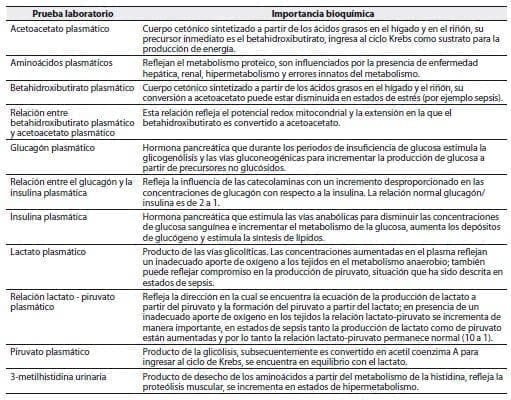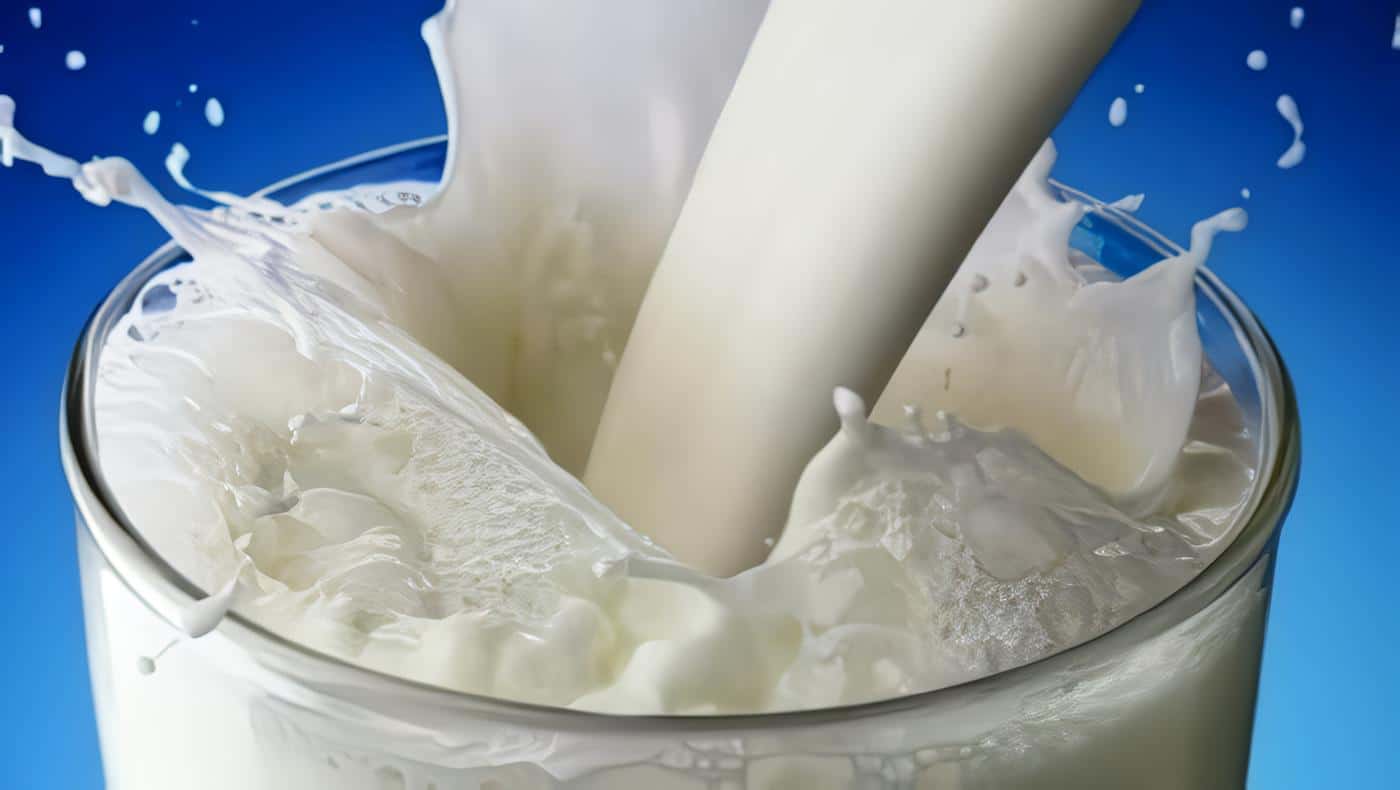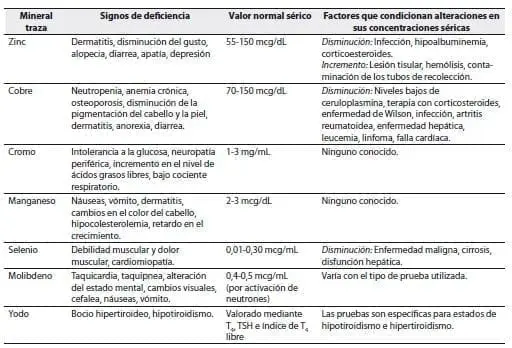Nitrogen Homeostasis
Homeostasis in nitrogen metabolism is not possible without nitrogen ingestion. However, nitrogen metabolism depends on both calories and protein.
In situations where protein intake may be restricted, increasing calories often improves nitrogen balance.
During nutritional repletion it is generally necessary to obtain a determination of nitrogen balance in order to assess the adequacy of protein intake and nitrogen homeostasis.
A positive nitrogen balance of 4 to 6 g is generally considered to reflect an appropriate distribution of stored proteins.
When calculating nitrogen balance it is important to properly convert grams of ingested protein to grams of ingested nitrogen.
Parenteral and enteral formulas containing modified amino acids (e.g., enriched with branched-chain amino acids or restricted aromatic amino acids) have a conversion ratio different from the standard ratio of 6.25 g of protein per gram of nitrogen.
The exact conversion factor must be determined according to the product information in order to increase the accuracy of the calculations.
For routine clinical purposes, nitrogen balance calculations can be made using urinary urea nitrogen excretion.(2-8)
An accurate nitrogen balance study depends on normal urinary function and output and accurate complete 24-hour urine collection and protein intake.(4)
Immunocompetence
In the last ten years, medical literature has shown that low levels of visceral protein are associated with immunodeficiency, which is often reversible through repletion.
Immunocompetence tests are unique in that they allow the effect of malnutrition to be measured and not just its presence.
There are many immune function tests that are affected by malnutrition; However, in clinical situations, delayed hypersensitivity reactivity and total lymphocyte count are the most economical and simple.(4)
Delayed hypersensitivity reaction
Delayed hypersensitivity reaction or cutaneous application of tests is difficult to justify in common clinical situations.
Many factors, including liver dysfunction, electrolyte imbalance, infections, kidney failure, and use of immunosuppressive medications, affect the validity of this index.(2-8)
Total lymphocyte count
Like the delayed hypersensitivity reaction, the total lymphocyte count is affected by various nutritional factors as well as non-nutritional factors.
Low serum albumin levels, immunosuppressive medications, and metabolic stress decrease the total lymphocyte count.
The majority of hospitalized patients can be considered immunosuppressed and therefore the use of the delayed hypersensitivity reaction and the total lymphocyte count as part of the nutritional assessment should be avoided in these cases.(2-9)
Metabolic markers
Plasma amino acids
The plasma amino acid profile or aminogram is a very useful tool to measure the presence of alterations in plasma amino acids, especially in patients with liver dysfunction and hypermetabolic stress.
The presence of an imbalance in amino acids will determine the need to provide special nutritional support regimens that replace those depleted amino acids and exclude those that are in excess (table 6).(2,4,7)
Table 6. Biochemical markers of substrate metabolism.


(Read Also: Energy requirements)
indirect calorimetry
The use of substrates and Metabolic needs can be determined by indirect calorimetry. There are metabolic tables to clinically determine indirect calorimetry that are based on the measurement of the O2 and CO2 content in the aspirated air.
In the non-invasive procedure, both oxygen consumption (VO2, mL/min) and carbon dioxide production (VCO2, mL/min.) are determined.
Using the abbreviated Weir equation, resting energy expenditure (REE, kcal/d) can be calculated. The REE represents the current energy expenditure at the time of measurement. As such it does not require correction for the degree of metabolic stress.
The respiratory quotient (RQ), which reflects the oxidation of substrates, can also be determined:
VCO2
RQ = ———-
VO2
Each type of substrate produces a different RQ value. The following RQ values reflect net substrate oxidation: Fat 0.7, carbohydrate 1.0, mixed substrates (fat, carbohydrate, protein) 0.85, and protein 0.8.
An RQ value greater than 1.0 represents either lipogenesis or hyperventilation of the patient; an RQ value less than 0.7 may indicate a ketogenic diet, gluconeogenesis from fat, or ethanol oxidation.
Values that fall outside the range of 0.65 to 1.3 may suggest the inaccuracy of the measurement.(1.6)
Other parameters
Other parameters can be used to assess the patient’s metabolic status. Many of them are used for research in order to describe the metabolic status of a study population (table 6).
Vitamins and minerals
Clinical assessment provides an essential basis for evaluating the patient with respect to potential vitamin and mineral deficiency.
Laboratory evaluation is useful to confirm clinical suspicion. In general it is very rare to see deficiencies of a single nutrient.
More frequently, malnourished patients present signs and symptoms of multiple micronutrient deficiencies (Tables 7 and 8).(6)


